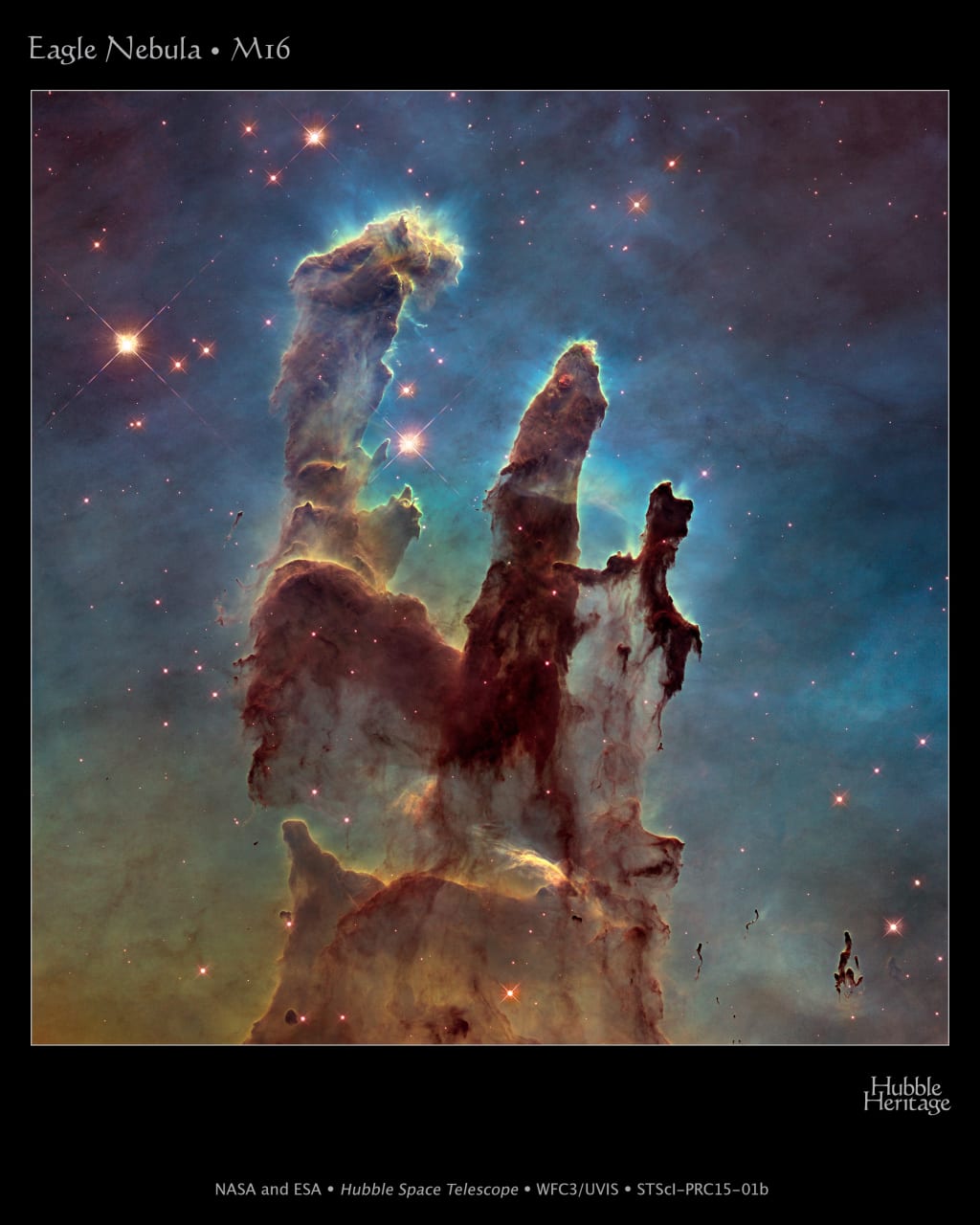So you want your astrophotos to look like Hubble images?
That's near impossible

Some of the most impressive and awe-inspiring images come from the Hubble Space Telescope (HST). As our imaginations run wild, we aspire to make our photos look like Hubble's.
That's near impossible. Even the most powerful ground-based telescope will never rival the quality and resolution of the HST or another instrument beyond our atmosphere. So, what are we to do?
Fortunately, there is a solution.
Just like the Pro Data sets provided @telescopelive, Hubble data is available to the public for their own processing.
Be forewarned. It is a daunting prospect. The Hubble Legacy Archive (HLA) https://hla.stsci.edu/hlaview.html provides a portal where you can search for targets and download the data files. Yes! FITS data files. You know how to process them.
The catch is that it takes learning about the targets, data sets, and the archive.
Another point is that the files can be huge and take a long time to download and fill up storage space.
At its simplest, you can just enter a target name, like m101, into the search field. You will be presented with the available list of files in the Inventory Tab. As a beginner, I like to switch to the Images Tab, so I don't struggle to interpret the files' names and content.
When just starting out, choose a file set that says FITS-color. Once familiarized with the file conventions, you can advance to pulling individual frames.
Select Interactive Display or More… you will see the list of files and filters used. Once satisfied with your selection, click on the cart icon, and the files will be queued for download.
One other consideration is the raw files contain a lot of artifacts like cosmic ray hits and blooming. These images will take some work. In the long run, it will be worth it. You will have produced Hubble-quality astrophotography. Although you used publicly available data, you are the image author and owner. You can publish or sell it as desired. You should provide attribution for the data.
The archive, its data, and processing are not particularly easy. You can learn all about the source files, the queries, and the conventions at the HLA Help file located at https://hla.stsci.edu/hla_help.html.
The other reason the Hubble telescope photographs look so stunning is that it doesn't look like that to the naked eye. The photos are assigned new colors to basically black-and-white imagery. Since our eyes can't detect the wavelengths captured by the Hubble, scientists and astrophotographers color the results as if it is paint-by-number. The "numbers" are the wavelength of the filters used to detect the elements:
Ha (Hα) 656nm = Hydrogen-Alpha
S-II 672nm = Sulfur-II
O-III 496nm = Oxygen III
The Hubble palette maps Red to Sulfur, Green to Hydrogen, and Blue to Oxygen of the light reflected by those elements.
The RGB should be familiar to any photographer. The resultant combination is known as SHO.

This basically arbitrary mapping creates a stunning contrast between the colors.
The deep-space objects, as seen in natural color, may not be as impressive. That depends on the reflected or transmitted light of the object.
Astrophotographers create some exquisite results in natural color, but that is because it does look that way. Well, almost.

If we were to look through a telescope at the RGB object, we might see some faint color. The cameras used in telescope instruments today concentrate light and color.
The photons are collected in wells, or buckets, of the sensors. Often, a single exposure is not long enough to capture such faraway objects' faint light and details. The individual frames are stacked together to add all that light together. The effect of which intensifies the image. A single frame may last 60 seconds to 600 seconds or more. A total exposure could collect hours and hours of data over many nights.
A skilled astrophotographer takes those exposures and processes them through software designed for the task. After this, a little Photoshop editing makes it more aesthetically pleasing.
https://www.topazlabs.com/denoise-ai/ref/1455/?campaign=vocal
About the Creator
Jim DeLillo
Jim DeLillo writes about tech, science, and travel. He is also an adventure photographer specializing in transporting imagery and descriptive narrative.






Comments
There are no comments for this story
Be the first to respond and start the conversation.